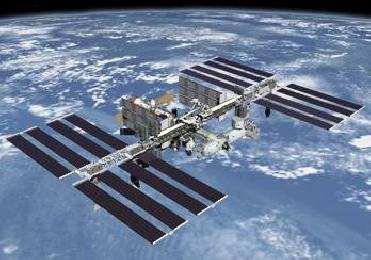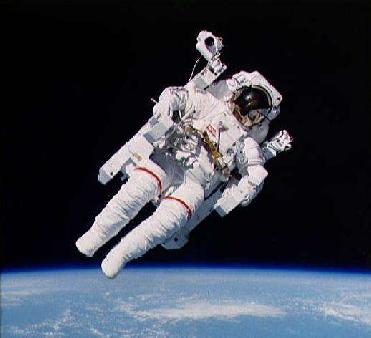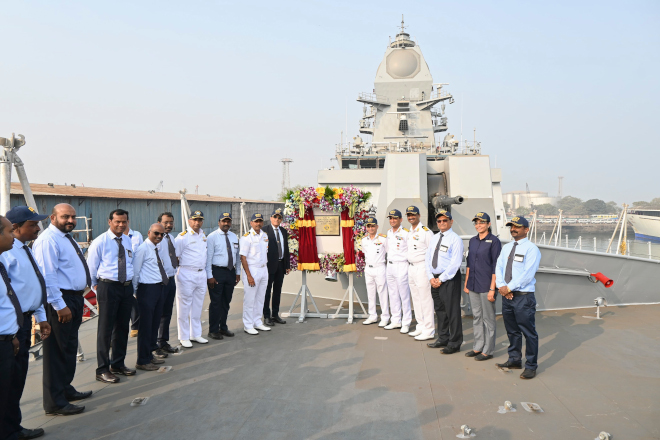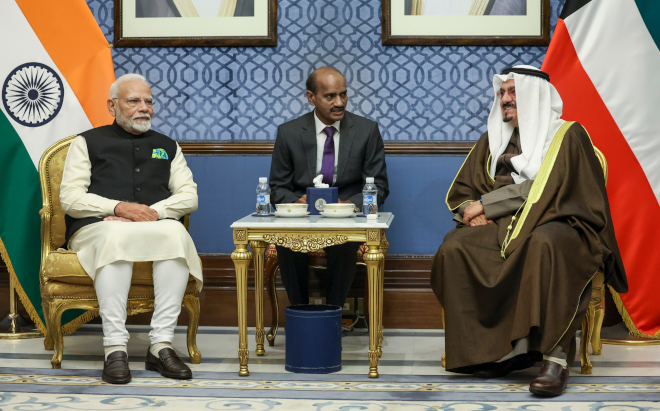
International Space Station. A file photo. Image credit: NASA
The mission of the International Space Station is to enable long-term exploration of space and provide benefits to people on Earth.
A space station is differentiated from other man-made spacecrafts by its absence of landing facilities and major propulsion – rather some vehicles are used to transport the station. Space stations are considered only for a short term living in space; it can be for periods of weeks, months or for a year.
The only Space station which is currently in use is the International Space Station (ISS). The previous space stations were built by the then Soviet Union under the Salyut series which consisted of a series of nine single-module space stations launched over a period of eleven years from 1971 to 1982.
The ISS is a large, inhabited Earth satellite which is a joint project involving over 15 nations. The first part of the station was launched in 1998, and the first full-time crew – one American astronaut and two Russian cosmonauts – occupied the station in 2000.
ISS orbits Earth at an altitude of about 400 kilometers. The orbit extends from 52 degrees north latitude to 52 degrees south latitude.
In the planning stages for years, construction of the ISS began with the launch of the US-owned, Russian-built Zarya control module on November 20, 1998 from the Baikonur Cosmodrome in Kazakstan.
Following this, space shuttle Endeavour was launched from the Kennedy Space Centre, Florida, on December 4, 1998. It carried US-built Unity connecting module. Both Unity and Zarya were connected by Endeavour’s crew during a 12-day mission to work on the ISS’s orbital construction.
In June 1999, Discovery made the third ISS mission, supplying the two modules with tools and cranes. This was followed by the launch of space shuttle Endeavor in May 2000, whose crew performed maintenance tasks and delivered supplies in preparation for the arrival of the Zvezda Service Module. On November 2, Expedition One, the first crew arrived to take their places aboard the space station.
The completion of mission STS-119 in March 2009 included the successful installation of the Starboard-6 (S6) truss segment and final set of solar arrays at the ISS. That mission marked the completion of the US "core" of the station and delivered the last major US’ Boeing-built element. The successful activation of final set of solar arrays allowed the ISS the capability of full power utilization and doubled – from 15 to 30 kilowatts – the amount of power available for key science projects.
When completed around 2010, the ISS will be comprised of more than 100 major components carried aloft during 88 space flights to assemble the space station.
Space stations that orbited Earth before the ISS:
Salyut
The Russians (then the Soviet Union) were the first to place a space station, called Salyut 1, in orbit in 1971. The Salyut 1 station was a combination of the Almaz and Soyuz spacecraft systems.
Skylab
The United States placed its first and only space station Skylab 1 in orbit in 1973.The space station crew and two subsequent crews spent a total of 112 days in space, conducting scientific and biomedical research.
Mir
In 1986, the Russians launched the Mir space station; Mir was intended to be a permanent home in space.
Courtesy:-
NASA
How Stuff Works
 Previous Article
Previous Article













The Indian Air Force, in its flight trials evaluation report submitted before the Defence Ministry l..
view articleAn insight into the Medium Multi-Role Combat Aircraft competition...
view articleSky enthusiasts can now spot the International Space Station (ISS) commanded by Indian-American astr..
view article